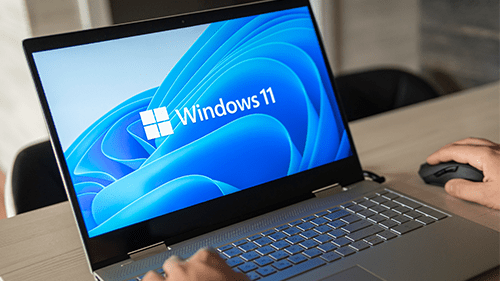
Microsoft has confirmed that Windows 10 will reach the end of support on 14th October 2025 (or next Tuesday). If you’re still using devices that run Windows 10, now’s the time to start planning your next move. Let’s cover the brass tacks of what you need to know.
If your PC meets the minimum system requirements, you can upgrade to Windows 11 for free. To check if your device is eligible, go to:
Start > Settings > Update & Security > Windows Update > Check for updates.
If your current PC doesn’t meet the Windows 11 requirements, or you’ve been thinking about upgrading your hardware anyway, a new device with Windows 11 pre-installed might be the best route. Newer systems are optimised for performance, energy efficiency, and the latest security features.
Need a little more time before making the switch? Microsoft’s Extended Security Updates (ESU) programme will keep your Windows 10 device protected for up to one extra year after October 2025.
This can be useful for you if you need additional time to transition smoothly to Windows 11 or to newer devices such as Copilot+ PCs.
Don’t worry, after 14th October 2025, your Windows 10 PC won’t explode — but Microsoft will no longer provide:
Without ongoing updates, your system becomes more vulnerable to viruses, malware, and security risks. That’s why Microsoft strongly recommends moving to a supported version of Windows.
When you move to a new Windows 11 PC, you can use Windows Backup to easily transfer your files, photos, settings, and apps. It makes setting up your new computer quick and painless.
If you need more information, check out Microsoft’s page on it.
We hope you’ve liked this blog. Stay tuned for more blogs like this. Stay safe!

